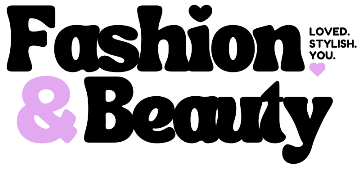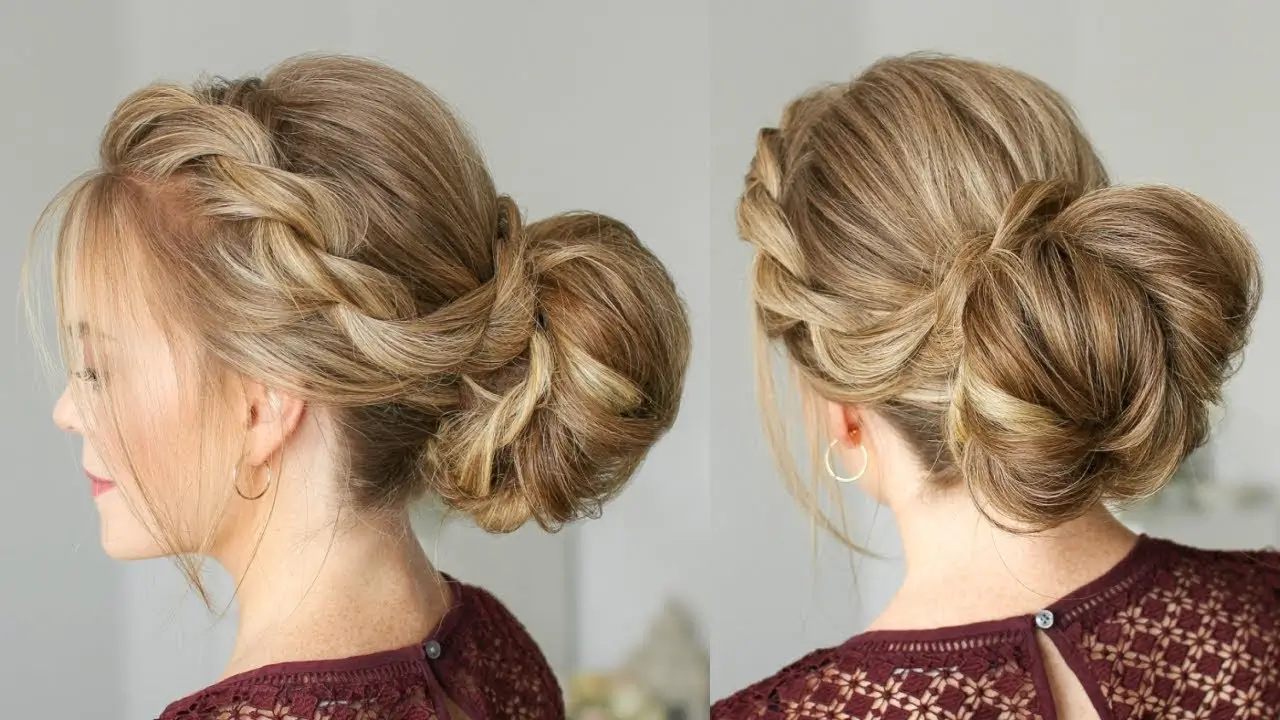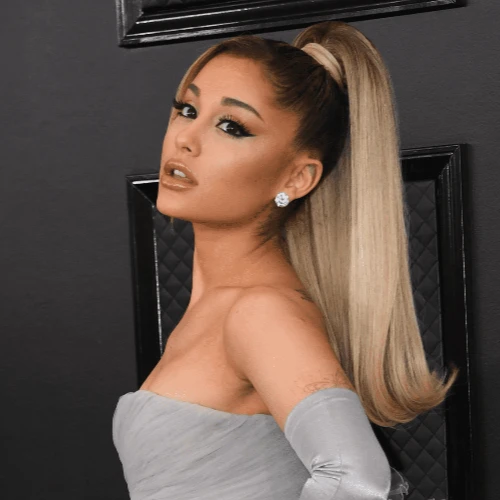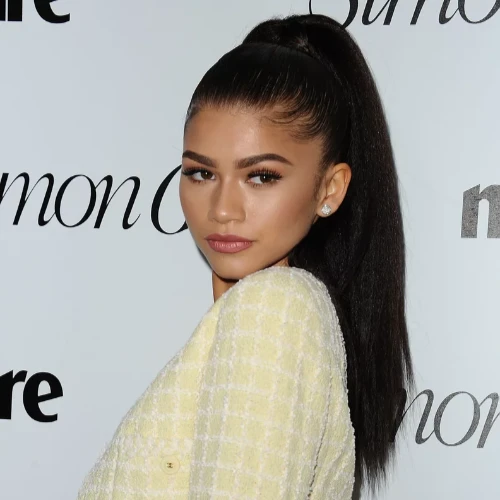If you scroll through any red carpet gallery or walk into a gym, you’ll spot two clear winners in the updo world: the ponytail and the bun. They show up everywhere because they’re quick, practical, and surprisingly stylish. But here’s the real question people keep asking — which one actually works better for everyday life?
This guide breaks it down in a simple way. We’ll compare how easy they are to create, what occasions they suit best, how they feel to wear, and how much upkeep they need. By the end, you’ll know exactly when to grab that elastic and when to twist your hair into a knot.
Definitions and Basics
Table of Contents
Ponytail
A ponytail is when you pull your hair back and secure it at the nape, mid-head, or crown. It can look sleek, messy, curly, or straight depending on how you style it.
Common variations include:
- High ponytail
- Low ponytail
- Side ponytail
- Curly or textured ponytail
Bun
A bun happens when hair is twisted or wrapped into a compact knot, usually at the top, middle, or nape of the head. It’s neat, structured, and great for keeping hair still.
Popular variations include:
- Messy bun
- Ballerina bun
- Top knot
- Chignon
Key Difference
A ponytail moves freely and gives a soft, flowing look.
A bun stays still and offers a clean, contained shape.
Pros and Cons Comparison
Here’s a simple, easy to read breakdown showing how ponytails and buns perform in real life.
| Aspect | Ponytail Pros | Ponytail Cons | Bun Pros | Bun Cons |
|---|---|---|---|---|
| Ease of Styling | Quick to tie up (under 1 minute); minimal tools needed. | Can slip out during activity; requires brushing for sleekness. | Secure hold once pinned; versatile pinning options. | Takes longer (2-5 minutes); needs bobby pins or ties. |
| Versatility | Works for casual to semi-formal; easy to accessorize (ribbons, scarves). | Less elegant for formal events; hair length limits options. | Elevates from everyday to bridal; hides split ends well. | Can feel heavy on fine hair; harder to adjust on the go. |
| Comfort & Practicality | Breezy and lightweight; great for workouts or hot weather. | Swings around, potentially annoying; exposes neck fully. | Keeps hair off face/neck entirely; ideal for sleeping or typing. | Can cause headaches if too tight; pins may poke. |
| Maintenance | Simple to refresh; less product buildup. | Flyaways common; needs frequent retouching. | Long-lasting (up to 8+ hours); low frizz risk. | Prone to loosening without hairspray; pins can snag. |
| Aesthetic Appeal | Youthful, playful energy; adds bounce. | Can look dated or sloppy if not styled. | Sophisticated, polished look; elongates neck. | May seem stuffy or aging on some face shapes. |
Ideal Scenarios and Styling Tips
When to Choose a Ponytail
A ponytail is your go-to when you want something quick, light, and practical. It works especially well for days when you’re moving around a lot or keeping things casual.
Great for:
- Running errands
- Workouts and sports
- Brunch, coffee runs, and beach days
Simple tip: Use a soft scrunchie for a secure hold without dents. If you want extra lift, gently tease the roots before tying your hair.
When to Choose a Bun
A bun shines when you need a clean, polished, or long-lasting style. It keeps your hair out of the way and stays put for hours when done right.
Perfect for:
- Office meetings
- Weddings or formal events
- Travel or low-maintenance days
Simple tip: Start with a loose ponytail first, then twist it into a bun. Adding a little texture spray makes it look modern and helps it stay in place.
Hybrid Ideas
If you love both, combine them. Try:
- A ponytail-to-bun twist
- A half-up bun with flowing ends
- Accessories like clips, ribbons, or pearl pins to blend styles
Which Style Suits Your Face Shape?
Choosing the right updo becomes much easier when you match it to your face shape. Both ponytails and buns can change how your features appear, so a small adjustment in height, volume, or looseness can make the whole style feel more balanced.
- Round faces: A high ponytail or lifted top bun adds height, which helps slim the face. Keeping the sides sleek and leaving a few soft strands around the jawline creates gentle definition.
- Square faces: A loose, textured bun or low ponytail works best here. Soft pieces around the temples and jaw help reduce the sharpness of strong angles and create a more relaxed outline.
- Oval faces: This face shape is naturally balanced, so you can wear almost any ponytail or bun. High, low, sleek, messy, braided – everything tends to work without throwing off proportions.
- Heart-shaped faces: A low ponytail or low bun helps soften a narrower chin and shifts attention to the cheekbones. Adding light volume at the bottom balances the wider forehead.
- Long faces: Mid-height ponytails and wider, messy buns work well because they add width instead of height. Avoid very high ponytails, which can make the face appear longer.
Best Style for Your Hair Type
Your hair type plays a huge role in whether a ponytail or a bun feels comfortable, stays put, and looks its best. Here’s how to choose the right style without fighting your natural texture.
- Fine or thin hair: Ponytails can look flat if the roots aren’t lifted, and tight buns may feel heavy. A mid-height ponytail with light teasing works well. For buns, a loose twist or a soft chignon gives shape without pulling too hard.
- Thick hair: A ponytail may feel heavy or pull at the scalp, especially if worn high for long hours. Buns usually offer more control because they distribute weight better. Try a wrapped bun or coiled knot to keep everything secure.
- Curly or coily hair: High ponytails show off volume and curl definition, while loose buns help protect your curls from friction. Instead of brushing curls out, smooth only the front and let the texture shine.
- Straight hair: Sleek ponytails look sharp and smooth, and straight hair wraps neatly into polished buns. If your bun slips, add texture spray first to give grip.
- Wavy hair: Both styles suit you. A wavy ponytail looks soft and natural, and a messy bun enhances your texture without much effort.
Damage Prevention Tips
Switching between ponytails and buns is great, but both styles can cause stress if you wear them too tight or too often. A few small habits can keep your hair healthier, smoother, and less prone to breakage.
- Avoid tight styles every day: Constant pulling in the same spot can weaken roots. Rotate between high, mid, and low placement to spread the tension.
- Use gentle elastics: Soft scrunchies, spiral ties, and snag-free bands reduce friction. Regular rubber bands or metal clasps can tug and cause breakage.
- Prep with moisture: A little leave-in conditioner or a light serum before a sleek ponytail or bun helps reduce dryness and snapping.
- Don’t sleep in a tight bun: A loose, soft bun is fine for bedtime, but anything tight can strain your scalp and cause tension bumps.
- Give your scalp breaks: Let your hair down for a few minutes between long wear. Massaging your scalp gently boosts circulation and reduces soreness.
Celebrity Examples
Seeing how celebrities wear these styles makes it easier to picture what works in real life. Both ponytails and buns have become signature looks for some of the biggest names in beauty and fashion.
Celebrities Who Love Ponytails
Ariana Grande: Known for her high, lifted ponytail that adds instant height and drama.
Hailey Bieber: Often pairs low, sleek ponytails with clean makeup for a soft, model-off-duty vibe.
Zendaya: Switches between curly ponytails and slick, polished versions depending on the event.
Celebrities Who Love Buns
Meghan Markle: Favors low, loose chignons that feel elegant yet effortless.
Jennifer Lopez: Popular for her high, tight top knots that showcase her face and add strong definition.
Ballet-inspired icons: The classic ballerina bun remains a go-to for stars looking for clean, sculpted red carpet looks.
Why This Helps
Seeing these styles on different face shapes and hair types gives readers real examples to learn from. It also shows how flexible these two updos can be across outfits, occasions, and personality styles.
Reader Decision Guide
If you’re stuck between a ponytail and a bun, this quick guide makes the choice easier. Just match your situation to the style that fits best.
Choose a Ponytail When
- You need a fast, simple style.
- You want something light and breezy.
- You’re heading to workouts, errands, or casual outings.
- You want more movement and natural bounce.
- You prefer a youthful, playful look.
Choose a Bun When
- You want a polished, neat style that lasts.
- You’re getting ready for work, events, or formal settings.
- You need all your hair off your neck and face.
- You want to hide split ends or oily roots.
- You prefer a clean, structured finish.
Quick One-Look Checklist
- Need speed? Ponytail
- Want elegance? Bun
- Having a bad hair day? Bun
- Want volume or lift? Ponytail
- Want long hold? Bun
Conclusion
Both the ponytail and the bun earn their spot as everyday favorites, and the best choice often comes down to what your day looks like. A ponytail gives you speed, comfort, and a playful feel, while a bun offers polish, control, and long-lasting hold. Once you understand your face shape, hair type, and the occasion, choosing the right style becomes effortless.
There’s no single winner here. The real goal is finding the version that feels good, looks good, and fits your routine. Try switching them up through the week and see which one becomes your go-to. In the end, confidence is the style that ties everything together.










